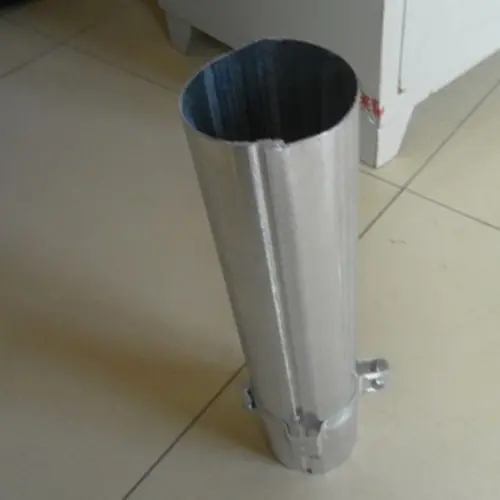
Stud and Track Keel Roll Forming An Overview
Stud and track keel roll forming is a critical process in the fabrication of metal components used predominantly in construction and industrial applications. This method involves shaping metal sheets into specific profiles, which are then used as essential structural components in various building projects, such as walls, ceilings, and other frameworks.
The roll forming process itself is characterized by its ability to create long sections of uniform cross-sectional shapes. In stud and track production, this typically involves two main profiles the stud, which serves as a vertical support member, and the track, which acts as a horizontal guide for the studs. The precise preparation of these profiles is critical as they must meet rigorous structural standards and specifications.
One of the primary advantages of stud and track keel roll forming is its efficiency. The continuous nature of the roll forming process allows for the production of long lengths of the desired profile without the need for welding or additional fabrication steps. This not only speeds up production time but also reduces labor costs and material waste. Additionally, roll-formed components tend to be lighter yet strong, making them an excellent choice for modern construction, where weight and structural integrity are paramount.

The materials typically used in stud and track roll forming include galvanized steel and other alloys that provide resistance to corrosion and other environmental factors. This durability is essential in building applications, where exposed metal components must withstand various stresses over time. Furthermore, advancements in technology, such as computer numerical control (CNC) and automated roll forming machines, have significantly enhanced the precision and consistency of the formed products.
To ensure optimal performance and safety, it is crucial that the stud and track profiles are designed accurately, factoring in load-bearing capacities and local building codes. Therefore, collaboration between engineers and fabricators is essential throughout the design and manufacturing process.
In conclusion, the stud and track keel roll forming process is a vital component in modern construction methodologies. By leveraging advanced technology and manufacturing techniques, this process not only improves efficiency and reduces costs but also ensures the production of high-quality structural elements that meet the demands of contemporary building standards. As the construction industry continues to evolve, the significance and application of roll-formed components are likely to expand, further cementing their role in the future of building design and construction.